One month prior to Election Day, House Speaker Paul Ryan announced that he would no longer campaign with or defend GOP presidential nominee Donald Trump, and would instead focus his efforts on protecting the GOP majority in the House of Representatives. Such a maneuver is unprecedented in modern electoral politics, and has many wondering whether or not it will work.
In the video below, Brookings Fellow Molly Reynolds discusses the relationship between the presidential election and congressional races appearing on the same ballot. The facts she presents suggest that Speaker Ryan will likely have a difficult time convincing voters who don’t support the party’s presidential nominee to turn out to vote for its Congressional candidates. Since the 1970s, the U.S. has seen a steady decline in “ticket splitting,” or the number of voters who go to the polls and vote for a presidential candidate of one party and a House or Senate candidate of another party. Watch the video below to learn why this is—and what it likely means for the 2016 presidential and congressional elections.
The Brookings Institution is committed to quality, independence, and impact.
We are supported by a diverse array of funders. In line with our values and policies, each Brookings publication represents the sole views of its author(s).

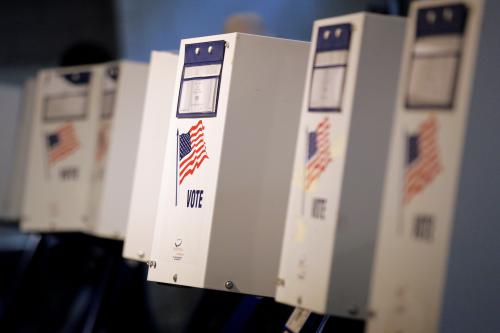
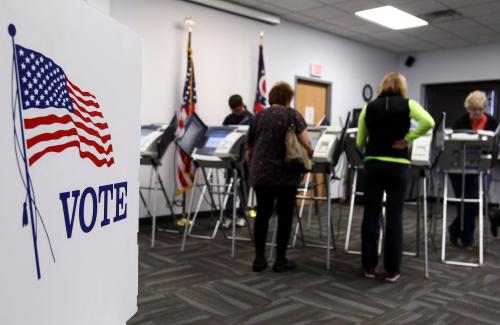
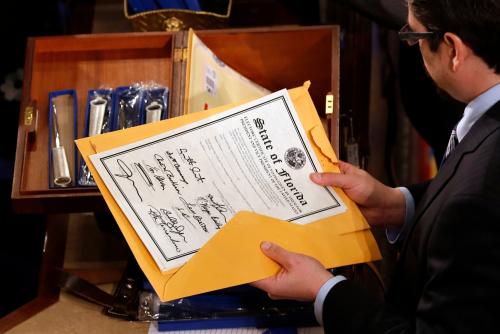

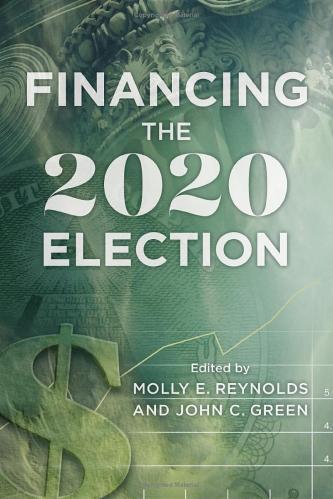
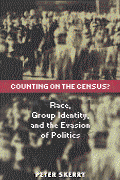
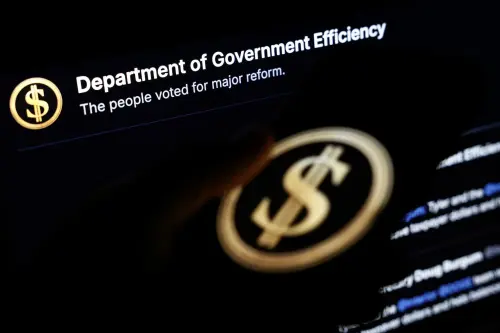

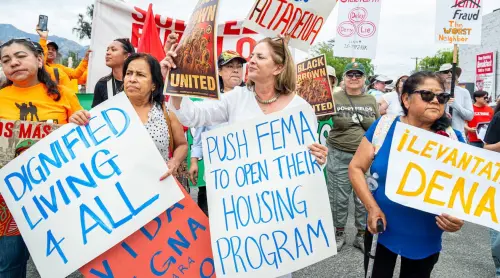
Commentary
What should we expect to see in “down ballot” races in 2016?
October 14, 2016